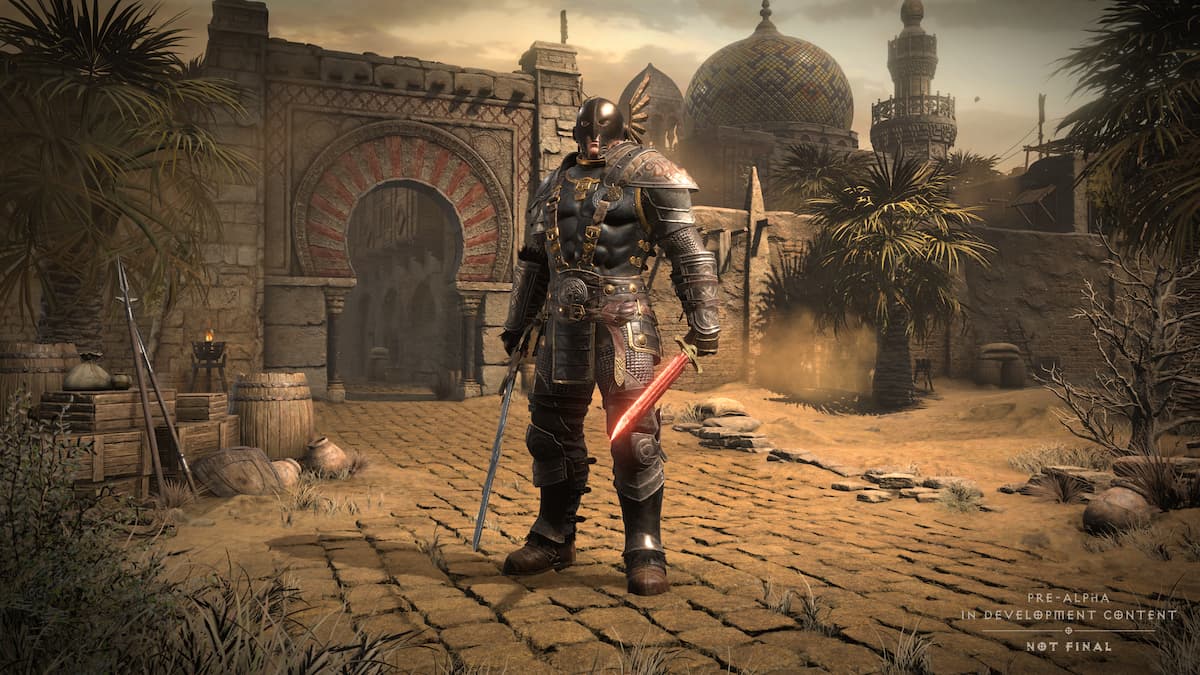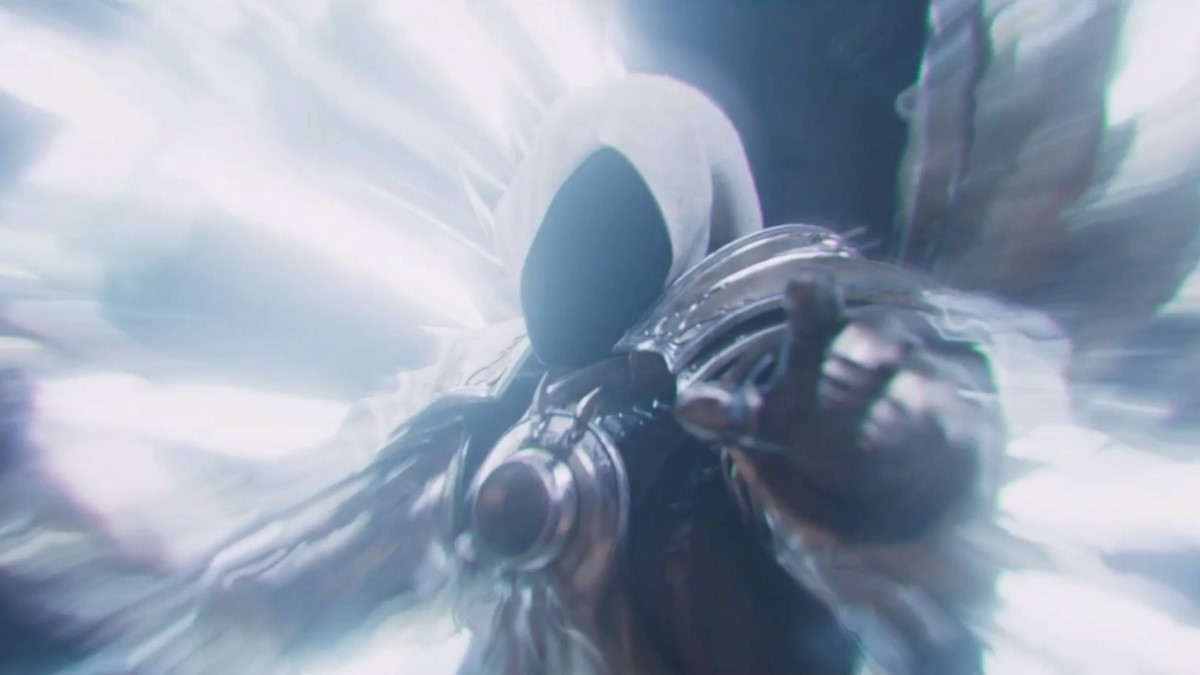Let’s be honest here: Diablo games aren’t fun for the low-level gameplay. They are popular because of their multiple difficulty levels, insane loot collecting, and their general replayability.
However, a main component of Diablo II: Resurrected’s difficulty are resistances, especially as you make your way into Nightmare and Hell difficulties. These can frustrate any player, because what do you do as an elemental druid, facing off against an elite who is resistant, or worse, immune to your spells?
What is a resistance?
Resistance as a concept is fairly easy to grasp. Your character or an enemy has skills, armor, or a natural ability to take less damage from a certain type of attack. This means that it will be harder to kill them using that kind of damage. In Diablo, that can come in the form of:
- Stone Skin: +50% physical resistance
- Fire Enchanted: +75% fire resistance
- Cold Enchanted: +75% cold resistance
- Lightning Enchanted: +75% lightning resistance
- Magic Resistant +40% to fire, cold, and lightning resistance
- Spectral Hit: +20% to fire, cold, and lightning resistance
Difficulty levels
Depending on what difficulty level you’re on, these resistances could be minor, infrequent inconveniences, or totally build-breaking. In Normal difficulty, there are only some rare artillery units and skeleton archers that have poison resistance. However, things get much dicier when you reach Nightmare. No one has magic or physical resistances, but monsters over level 50 can start spawning with every other kind of resistances/immunities. And on Hell difficulty levels? Almost all monsters types are fair game, with all varieties of resistances. Some monsters even end up with resistances over 100%, which categorizes them as “immune” to that kind of damage. Yikes.
How do you adapt?
Well, if you’re a Necromancer or Paladin, you can actually make it easy by building resistance-breaking skills. A Paladin can put points into Conviction, a level 30 spell that reduces fire, cold, and lightning resistances, as well as lowering monster resistances in general by up to 150%.
A Necromancer’s skills are even more powerful. There are three different abilities at their disposal: Amplify Damage, Decrepify, and Lower Resist. These are level 1, 24, and 30 skills, respectively. They all do different levels of general resistance lowering, with focuses on physical, cold, fire, and poison damage. In fact, Lower Resist is so useful that it even makes it into the S-tier Summonmancer build.
But if you aren’t a Necro or Paladin main, the best way to cope through a tough resistance match-up is likely by relying on your hireling or fellow players. You could try to solve everything yourself, but it’d be a waste of your build to try to diversify too much. For example, a sorceress trying to put points in every elemental type is a bad choice. But a meteor mage can give their hirelings poison and ice damage or can team up with an Amazon main specializing in lightning javelins, and that should work out pretty well. Just play it safe and diversify your team, and you should be able to survive through most match-ups.






Published: Sep 23, 2021 11:24 am